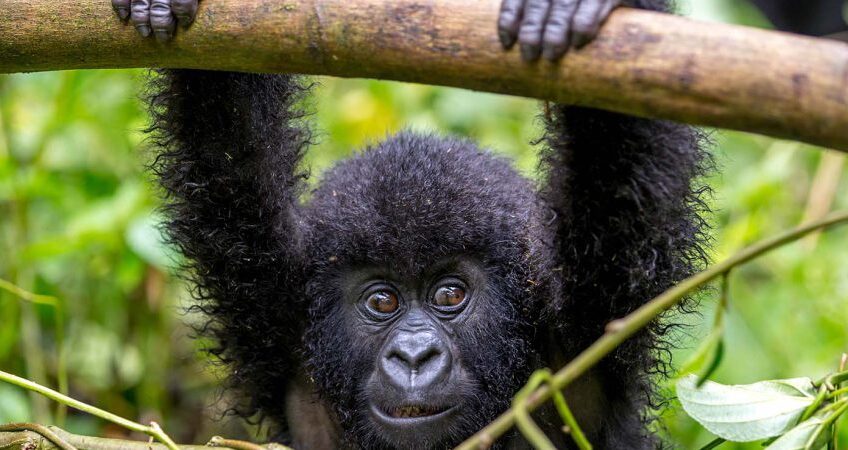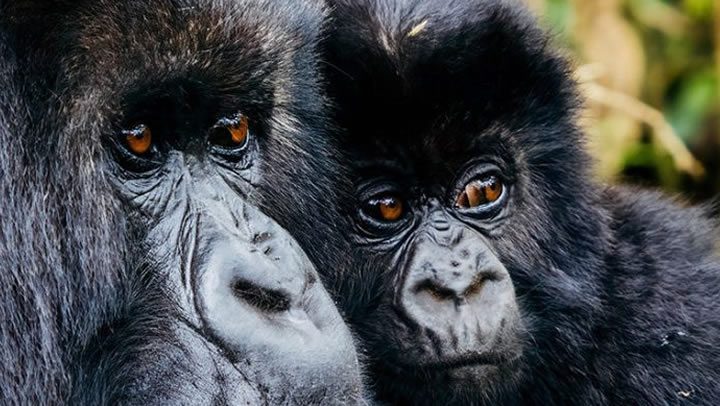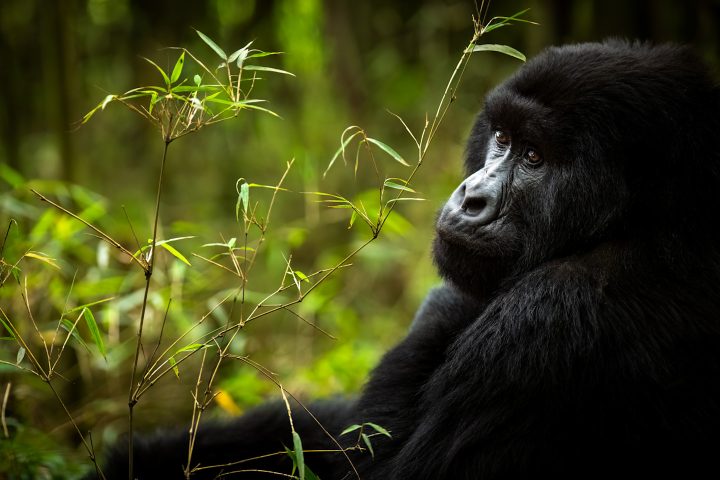Gorillas, the largest primates on Earth, are often perceived as gentle giants. However, like any other social animal, they do engage in conflicts with each other. In this article, we will delve into the world of gorilla social dynamics, exploring the reasons behind their conflicts, the ways they resolve disputes, and the fascinating insights into their behavior.
Gorilla Social Structure.
Before we dive into the specifics of gorilla conflicts, it’s essential to understand their social structure. Gorillas live in groups, known as troops, which typically consist of several females, their offspring, and one or more dominant males, also known as silver backs. These troops are usually stable, with members forming close bonds and cooperating to protect their territory and resources.
A dominant Alpha male silver back is always the head and leader of the family. the dominant leader will go out of his way and do anything possible to keep the family safe and protected from external conflicts. A dominant male silver back can actually fight another silver back from another troop especially if he’s an intruder.
Reasons for Conflict.
Despite their harmonious social structure, gorillas do engage in conflicts, which can arise from various reasons:
- Mating and Reproduction: Dominant males may fight with each other for access to females, while females may compete for the attention of the dominant male. In most cases, female gorillas can be seen playing jealous over other females in the presence of dominant male.
- Territorial Disputes: Gorilla troops defend their territories, and conflicts may arise when neighboring groups encroach on their boundaries. A dominant male silver back is always responsible for protection and safety of the family.
- Resource Competition: Gorillas may compete for food, water, or other resources, leading to tensions and conflicts within the troop. This usually happens in times in times of dry season where the lush vegetation and water sources tend to dry up hence scarcity of enough food and drinking water.
4. Social Hierarchy: Dominant individuals may assert their dominance over subordinate members, leading to conflicts and power struggles.
Conflict Resolution Strategies.
Gorillas have developed various strategies to resolve conflicts and maintain social harmony:
- Vocalizations and Displays: Gorillas use a range of vocalizations, including roars, grunts, and chirps, to communicate and express their emotions. They also engage in visual displays, such as beating their chest or displaying their teeth, to intimidate rivals or assert dominance.
Silver back males can be over heard beating up their chest to scare away the rivals in several gorilla destinations like Bwindi impenetrable forest national park in Uganda and volcanoes national park in Rwanda.
- Submission and Reconciliation: In the aftermath of a conflict, subordinate individuals may submit to the dominant individual, acknowledging their superiority. This submission is often followed by reconciliation, where the dominant individual may offer reassurance and comfort to the subordinate.
- Mediation and Intervention: In some cases, other members of the troop may intervene to mediate conflicts or calm aggressive individuals.
4. Avoidance and Separation: If conflicts escalate, gorillas may choose to avoid each other or separate temporarily to reduce tensions.
Interesting Facts About Gorilla Conflicts:
1. Silver backs as Peacekeepers: Dominant males, or silver backs, play a crucial role in maintaining peace within the troop. They often intervene in conflicts and work to resolve disputes.
2. Female Empowerment: While dominant males hold significant power, female gorillas are not powerless. They may form coalitions with each other or with subordinate males to challenge the dominant male or protect their interests.
- Conflict Resolution in Young Gorillas: Young gorillas learn conflict resolution strategies from their mothers and other adults. They may engage in play-fighting and other forms of mock conflict to develop these skills.
- Gorilla Emotions and Empathy: Gorillas are capable of experiencing a range of emotions, including empathy. They may comfort each other after conflicts or show affection to reassure each other.
Gorillas, like any other social animal, engage in conflicts with each other. However, their complex social dynamics and conflict resolution strategies are fascinating and offer valuable insights into their behavior. By understanding how gorillas resolve disputes and maintain social harmony, we can gain a deeper appreciation for these incredible creatures and the importance of empathy, cooperation, and peaceful resolution in their societies.




